Vinyl Liner Over Concrete or Steel ?? (in NJ)
mojobar
12 years ago
Featured Answer
Sort by:Oldest
Comments (6)
poolguynj
12 years agomojobar
12 years agoRelated Professionals
Holly Springs Landscape Architects & Landscape Designers · Ballwin Landscape Architects & Landscape Designers · Apollo Beach Landscape Contractors · Eustis Landscape Contractors · Flagstaff Landscape Contractors · Harrisburg Landscape Contractors · New Braunfels Landscape Contractors · Salem Landscape Contractors · Wailuku Landscape Contractors · Webster Groves Landscape Contractors · Gastonia Decks, Patios & Outdoor Enclosures · Jupiter Decks, Patios & Outdoor Enclosures · Mobile Decks, Patios & Outdoor Enclosures · North Aurora Decks, Patios & Outdoor Enclosures · Olathe Decks, Patios & Outdoor Enclosurespoolguynj
12 years agomuddy_water
12 years agopoolguynj
12 years ago
Related Stories
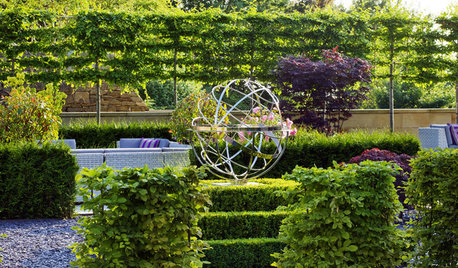
ARTBring on the Garden Bling With Artful Stainless Steel
Set stainless free of the kitchen, using it to brighten and decorate any garden in an unexpected way
Full Story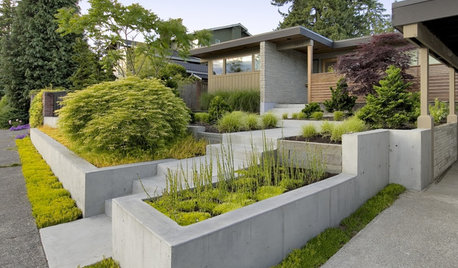
LANDSCAPE DESIGNGarden Walls: Pour On the Style With Concrete
There's no end to what you — make that your contractor — can create using this strong and low-maintenance material
Full Story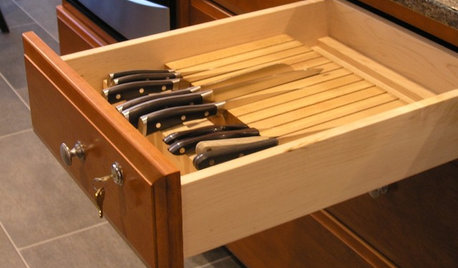
REMODELING GUIDESFrom the Pros: 8 Reasons Kitchen Renovations Go Over Budget
We asked kitchen designers to tell us the most common budget-busters they see
Full Story
GREEN BUILDINGConsidering Concrete Floors? 3 Green-Minded Questions to Ask
Learn what’s in your concrete and about sustainability to make a healthy choice for your home and the earth
Full Story
FLOORS5 Benefits to Concrete Floors for Everyday Living
Get low-maintenance home flooring that creates high impact and works with home styles from traditional to modern
Full Story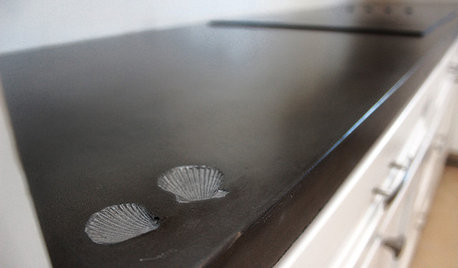
KITCHEN COUNTERTOPSElephants of the Kitchen? What to Know About Concrete Counters
Concrete countertops are beautiful, heavy and cool — and have their own peculiarities. And a lot in common with certain gray pachyderms
Full Story
INSPIRING GARDENSFrom Concrete Lot to Gracious Organic Garden in Seattle
Plants, pests and even weeds have a place in this landscape, which offers an edible bounty and a feast for the eyes
Full Story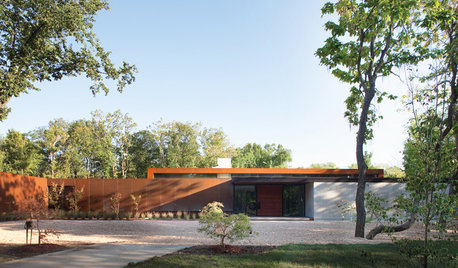
MODERN HOMESHouzz Tour: Heavy Metal Rocks a Modern Missouri Home
Steel shows up all over this single-level family home, but wood and other textures warm the look
Full Story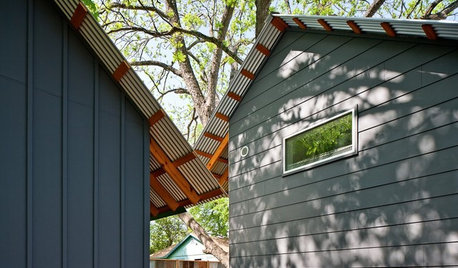
REMODELING GUIDESFiber Cement Siding Takes a Front Seat
Not just a wood or vinyl substitute, fiber cement is a stellar siding choice in its own right for modern home exteriors
Full Story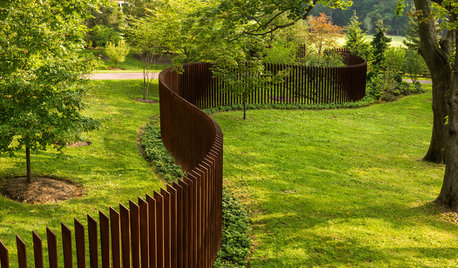
FENCES AND GATES12 Delightfully Different Garden Walls and Fences
If pickets seem picked over and you shrink from chain link, try these full-of-personality fencing alternatives
Full StoryMore Discussions






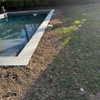
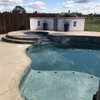

harleysilo